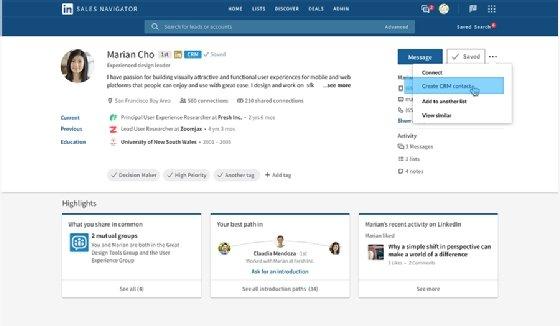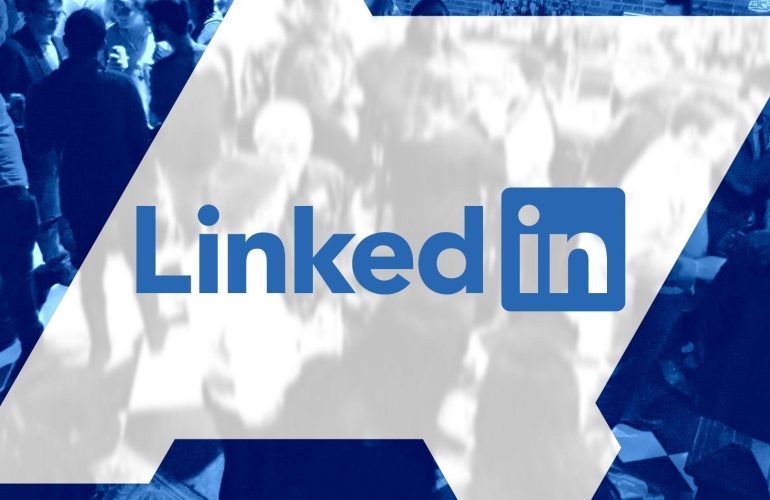Introduction
In an increasingly digital business landscape, LinkedIn has emerged as a pivotal platform for professionals seeking to expand their networks and generate leads. However, engaging cold prospects—those individuals or organizations with whom there has been no prior relationship—poses a unique challenge that requires a strategic and thoughtful approach. Traditional methods of outreach often fall short in capturing the attention of these prospects, leading to low response rates and a wasted investment of time and resources.
This article aims to explore the various strategic approaches to effectively engage cold prospects on LinkedIn. Drawing on recent research, case studies, and expert insights, we will examine the nuances of crafting personalized outreach messages, employing data-driven insights to identify ideal prospects, and utilizing content to establish thought leadership. By leveraging these strategies, professionals can enhance their ability to connect with cold prospects, ultimately fostering meaningful relationships that contribute to long-term business success. Through a thorough analysis of best practices and actionable recommendations, this article endeavors to equip practitioners with the tools necessary to navigate the complexities of LinkedIn engagement in a competitive marketplace.
Table of Contents
- Identifying and Defining Target Cold Prospects for Effective Engagement
- Crafting Compelling Connection Requests to Initiate Conversations
- Leveraging Content Strategy to Nurture Relationships with Cold Prospects
- Utilizing Data Analytics to Measure Engagement Success and Refine Techniques
- Insights and Conclusions
Identifying and Defining Target Cold Prospects for Effective Engagement
When it comes to unlocking the potential of cold prospects, understanding who they are is paramount. To effectively engage, start by leveraging LinkedIn’s powerful search and filtering tools to identify individuals who might not be aware of your brand but align with your target audience. Focus on key demographics and psychographics, ensuring your ideal prospects include:
- Industry: Choose industries relevant to your product or service.
- Job Titles: Narrow down to decision-makers who have the authority to make purchasing decisions.
- Location: Target specific geographic areas where your offerings are most relevant.
- Interests: Identify prospects with shared interests that align with your business values.
Once the target audience is determined, the next step is defining their pain points and aspirations. This involves conducting thorough research to understand their industry challenges and professional goals. A simple table can help categorize these insights for quick reference:
| Prospect Profile | Pain Points | Aspirations |
|---|---|---|
| Marketing Manager | Limited budget for campaigns | Increase brand visibility |
| HR Director | High employee turnover | Enhance employee engagement |
| Sales Executive | Difficulty reaching sales targets | Boost conversion rates |
By aligning your engagement efforts with these insights, you can craft personalized messages that resonate with each prospect, ultimately fostering meaningful interactions that lay the groundwork for future business opportunities.
Crafting Compelling Connection Requests to Initiate Conversations
To effectively engage cold prospects on LinkedIn, your connection requests should be personalized and relevant. Begin by researching your target to tailor your message and highlight common interests or connections. Consider the following elements to include in your request:
- Personalization: Mention a specific detail about their background or interests.
- Value Proposition: Clearly articulate how connecting could be mutually beneficial.
- Professional Curiosity: Ask an open-ended question related to their field to encourage a response.
Structure your message in a way that feels organic, as if you’re initiating a conversation rather than making a pitch. Here’s a simple format you can use:
| Component | Description |
|---|---|
| Greeting | Address them by their first name. |
| Common Ground | Reference shared connections or interests. |
| Request | Clearly state your interest in connecting. |
| Engagement | Pose a question or suggest a discussion topic. |
Leveraging Content Strategy to Nurture Relationships with Cold Prospects
Building relationships with cold prospects is pivotal in today’s competitive landscape, and a well-crafted content strategy serves as the bridge connecting brands to their potential clients. By delivering value-driven content tailored to the needs and preferences of your target audience, you can establish trust and create meaningful engagements. Consider the following approaches:
- Educational Resources: Create guides, whitepapers, or infographics that address specific pain points of your audience.
- Personalized Outreach: Utilize data and insights to craft tailored messages that resonate with each prospect’s unique circumstances.
- Consistent Communication: Establish a regular cadence of content sharing that keeps your brand top-of-mind without overwhelming prospects.
Incorporating an effective content strategy also involves understanding the prospect’s journey. You can leverage content at different stages to nurture leads gradually. Use the table below to exemplify how specific content types align with prospect stages:
| Prospect Stage | Content Type | Purpose |
|---|---|---|
| Awareness | Blog Posts | Inform and attract attention |
| Consideration | Case Studies | Demonstrate value through real examples |
| Decision | Webinars | Engage and convert with expert insights |
By weaving these elements into your outreach on LinkedIn, you can create a nurturing environment that effectively converts cold prospects into warm leads and, ultimately, loyal clients.
Utilizing Data Analytics to Measure Engagement Success and Refine Techniques
Data analytics plays a crucial role in understanding and enhancing engagement strategies on LinkedIn. By utilizing various tools and metrics, businesses can gain insights into how cold prospects interact with their content. Key performance indicators (KPIs) that can provide valuable feedback include:
- Click-Through Rates (CTR): Measure the percentage of users who click on shared links.
- Engagement Rate: Calculate likes, comments, and shares to gauge overall interest.
- Connection Requests Accepted: Track how many cold outreach attempts result in successful connections.
By analyzing these metrics, organizations can determine what types of content resonate most with cold prospects, allowing for a more tailored approach in future outreach efforts. Additionally, A/B testing different messaging styles or visuals provides robust data for refining communication techniques. Consider creating a simple table to showcase different engagement strategies and their respective outcomes:
| Engagement Technique | Success Rate | Key Insights |
|---|---|---|
| Personalized Connection Messages | 45% | Higher acceptance rates among personalized invitations. |
| Content Sharing (Articles) | 30% | Articles generate more shares than simple status updates. |
| Engagement in Groups | 25% | Active participation leads to increased visibility. |
Insights and Conclusions
effectively engaging cold prospects on LinkedIn requires a strategic approach that balances personalization, value proposition, and respect for the recipient’s time and attention. As we have explored, leveraging data analytics to identify and understand your target audience, crafting tailored messages, and utilizing appropriate outreach techniques are crucial elements of a successful engagement strategy.
Moreover, fostering long-term relationships through consistent, value-driven interactions can significantly enhance the likelihood of converting cold prospects into warm leads. By continually refining your approach based on feedback and evolving best practices, professionals can optimize their networking efforts on this dynamic platform.
As we move forward in an increasingly interconnected business landscape, the importance of thoughtfully engaging with cold prospects cannot be overstated. In a digital age where attention is scarce, the ability to make a meaningful connection can differentiate successful professionals from their peers. By integrating these strategic methodologies into your LinkedIn engagement tactics, you not only increase the effectiveness of your outreach efforts but also contribute to a more engaging and productive professional network.






